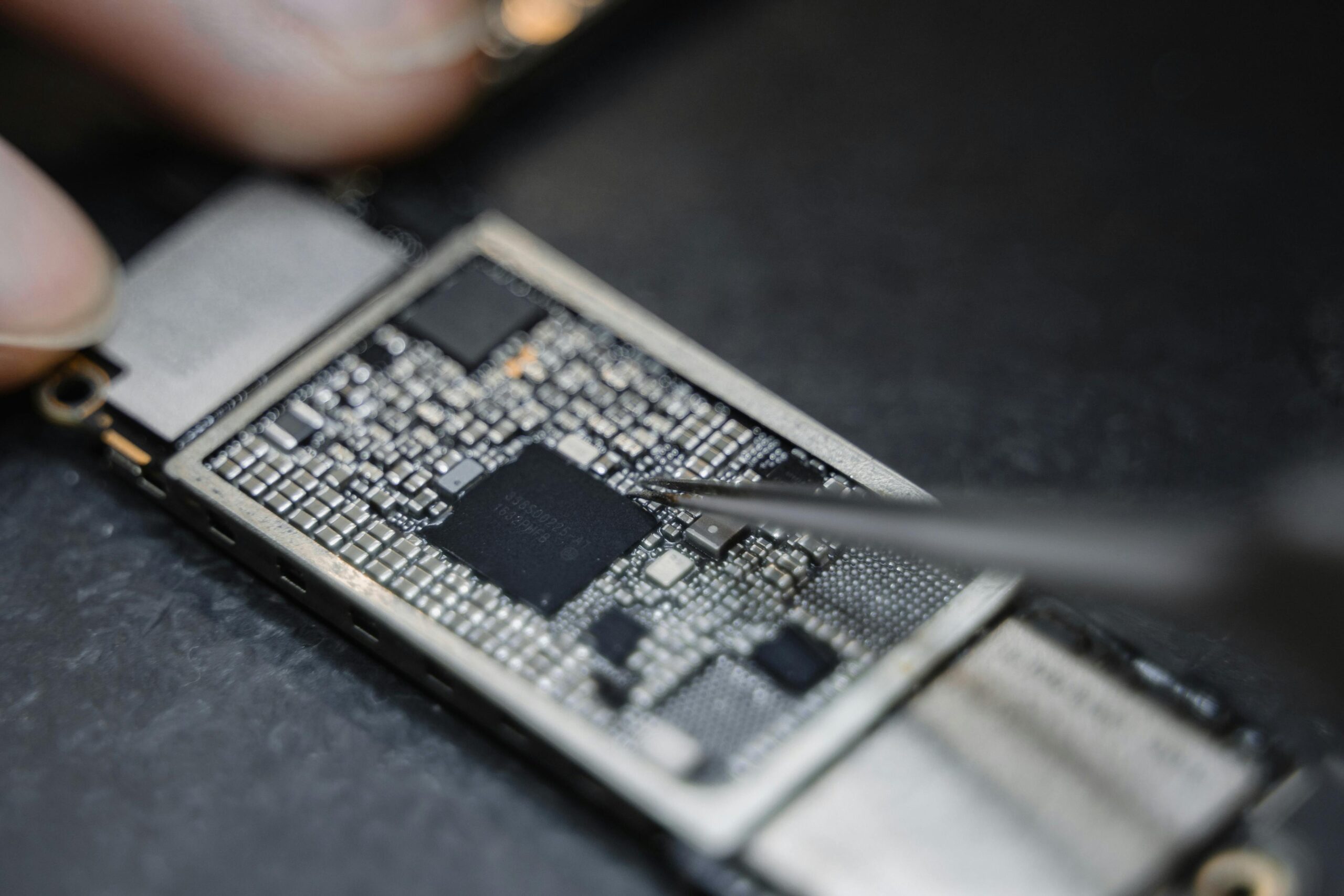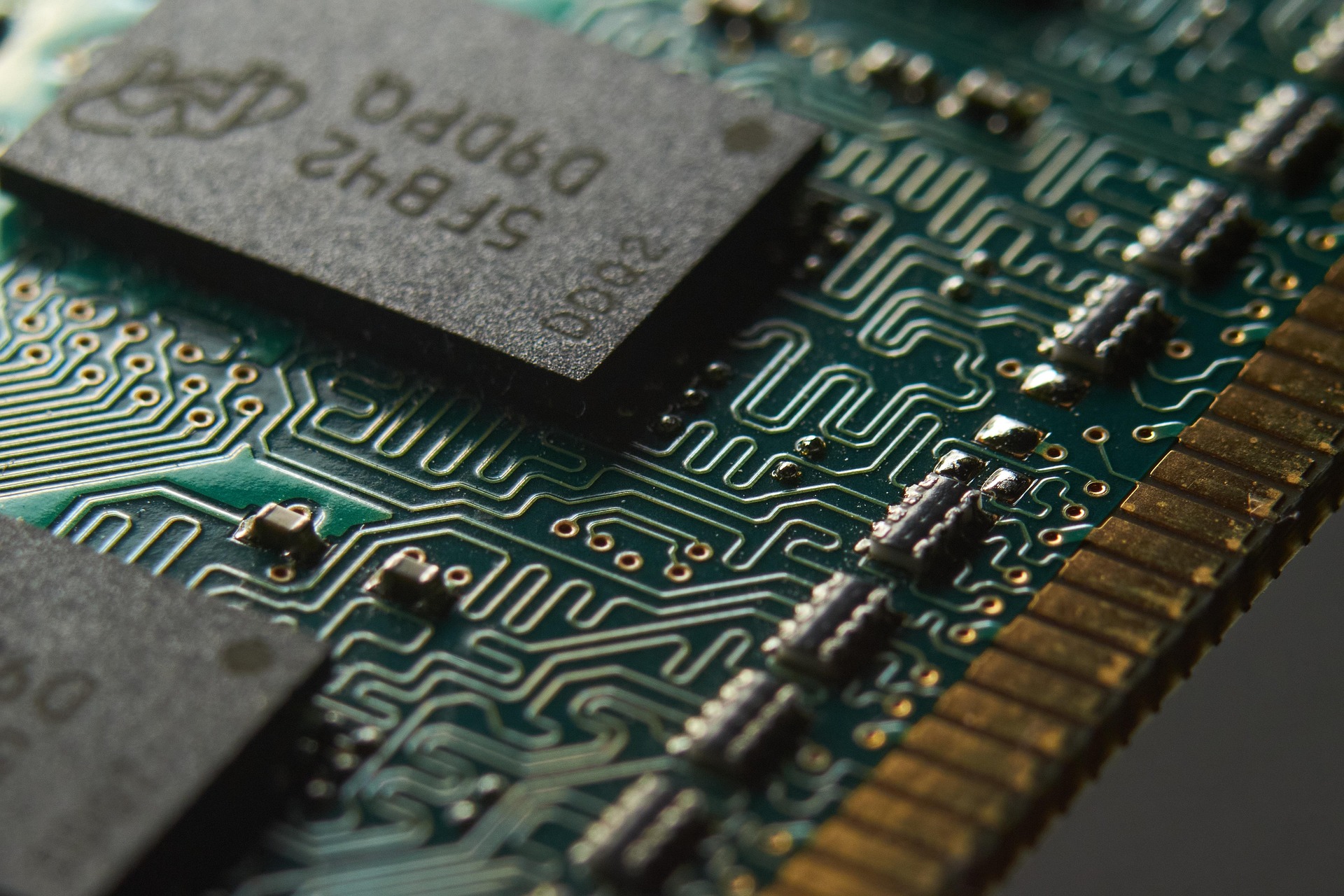Sensor Solutions
Designing, Selecting, and Interfacing for Optimized Systems
Your Trusted Development Partner.
Optimized Design
Effective sensor systems begin with thoughtful design tailored to specific use cases. By understanding operational requirements like sensitivity, range, and response time, we ensure sensors are optimized for high-performance environments. Our designs incorporate innovative technologies such as MEMS (Micro-Electromechanical Systems), piezoelectric components, and advanced signal conditioning to deliver reliable, application-specific solutions.
Precision Selection
Choosing the right sensor for your application involves balancing technical specifications, environmental conditions, and cost constraints. We provide expert guidance to select sensors with appropriate sensitivity, accuracy, resolution, and dynamic range, ensuring they meet your performance requirements while remaining robust against environmental variables like temperature and humidity.
Seamless Interfacing
A sensor’s value is only as good as its ability to interface with the broader system. We engineer seamless integration between sensors and processing units, focusing on analog-to-digital conversion, communication protocols (like I2C, SPI, UART, and CAN), and signal processing techniques. The result? Reliable, real-time data flow that empowers better decision-making.
Advanced Calibration
Calibration is critical for accuracy, especially in environments where conditions can fluctuate. Our advanced calibration techniques account for temperature drift, hysteresis, and other systemic errors, ensuring consistent performance across a sensor’s lifespan. We also implement dynamic recalibration algorithms to adapt to operational changes.
Scalable Configurations
As systems grow, scalability becomes essential. Our sensor networks are designed for modular expansion, allowing for the seamless addition of nodes without compromising data integrity. We also provide wireless and cloud-enabled solutions, integrating technologies like LoRaWAN, Bluetooth Low Energy (BLE), and Wi-Fi to enable large-scale IoT deployments.

I Want To…..
Choose isolated designs with galvanic isolation to protect sensitive components and users. These circuits are ideal for applications requiring high reliability and adherence to stringent safety standards.
Opt for non-isolated designs that simplify power conversion and reduce energy losses. These solutions are compact and cost-effective, making them suitable for systems where space and budget constraints are priorities.
Employ circuits with efficient heat dissipation mechanisms. Both isolated and non-isolated solutions are engineered for stable, long-term operation, even in high-load or high-temperature environments.
Utilize adaptable designs that fit seamlessly into a wide range of applications. Our circuits are compatible with both industrial systems and consumer devices, ensuring broad usability and convenience.
Select non-isolated designs for cost-sensitive projects without sacrificing performance. Simplified architectures minimize material and production expenses while delivering reliable power conversion.
Solutions
Innovative Approach
Our design philosophy begins with understanding your application’s nuances—whether it’s extreme operating temperatures, microsecond response times, or ultra-high precision needs. We incorporate cutting-edge sensor technologies, such as capacitive sensing for proximity applications or piezoelectric materials for vibration monitoring, to deliver optimal performance.
Material Focus
The choice of materials plays a pivotal role in sensor performance. By utilizing MEMS, graphene-based sensors, and biocompatible materials, we create solutions that meet industry-specific challenges, from biomedical devices to aerospace systems.
Prototyping Excellence
Rapid prototyping reduces the time to market while ensuring design accuracy. Our iterative prototyping processes allow us to test and refine sensor functionality before mass production, saving you time and resources.
Interface Customization
From developing custom PCBs to integrating off-the-shelf components, we ensure every sensor communicates effortlessly via protocols like MQTT, Modbus, or OPC UA, tailored to industrial automation or IoT frameworks.
Signal Integrity
We use advanced signal processing techniques, including amplification, filtering, and digital error correction, to maintain data fidelity even in noisy environments.
Software Integration
Our solutions include prebuilt libraries, APIs, and SDKs for seamless integration with microcontrollers, FPGAs, and software platforms like MATLAB or LabVIEW.
Network Design
Our modular network designs allow easy scaling while maintaining minimal power consumption and latency. These configurations support applications ranging from smart cities to industrial IoT.
IoT Readiness
Cloud-connected sensor platforms enable remote monitoring, data analytics, and predictive maintenance. Whether deploying BLE mesh networks or LoRaWAN gateways, we provide solutions for real-time data accessibility.
Wireless Options
Reduce wiring complexities with wireless connectivity. From industrial-grade Zigbee sensors to ultra-low-power NB-IoT devices, our solutions cater to diverse operational needs.
Rugged Designs
We engineer sensors to handle shock, vibration, and corrosive environments. Examples include IP67-rated enclosures for underwater use and materials resistant to acids or oils for industrial applications.
Adaptive Calibration
Sensors are equipped with real-time self-calibrating algorithms, ensuring consistent accuracy in volatile conditions, such as those in oil rigs or high-altitude drones.
Industry Standards
From medical-grade certifications (ISO 13485) to military specifications (MIL-STD-810), our sensors comply with the strictest regulations, guaranteeing reliable and safe operation.
Streamlined Manufacturing
Advanced manufacturing techniques, such as precision injection molding, laser cutting, and automated assembly lines, significantly reduce production costs while maintaining top-notch quality. We also employ Design for Manufacturability (DFM) practices to simplify sensor designs, optimize material usage, and minimize assembly complexities.
Component Optimization
Our approach involves identifying cost-efficient yet high-performance materials and components. For example, substituting rare-earth metals with high-durability alternatives or leveraging hybrid PCB designs to reduce material waste while maintaining electrical efficiency.
Supplier Partnerships
By working with trusted suppliers and leveraging bulk purchasing agreements, we secure components at competitive rates, reducing material costs and shortening lead times without compromising quality.
Smart Prototyping
Iterative prototyping enables cost control from concept to production. By leveraging simulation tools and 3D printing for early-stage designs, we mitigate risks, reduce physical trial iterations, and accelerate timelines.
Specialist Services
High Efficiency
Achieve maximum performance with minimal energy consumption. Our sensors leverage optimized power architectures, reducing waste and ensuring long operational lifespans. Perfect for battery-powered or energy-harvesting systems.
Compact Designs
Miniaturized sensor layouts make them ideal for applications where space is a premium, such as wearables, drones, and portable electronics. We specialize in space-efficient designs without sacrificing functionality.
Cost Optimization
Combine affordability with high performance. Through scalable manufacturing, reusable platforms, and streamlined material usage, our solutions cater to cost-sensitive applications without compromise.
Thermal Management
Advanced thermal dissipation strategies ensure that sensors remain reliable under extreme conditions. Whether in high-heat industrial settings or cold environments, our designs prioritize stability and durability.
Precision Control
Get accurate and stable measurements across varying inputs and environmental conditions. Our precision-engineered systems maintain consistent performance, ensuring reliable operation in mission-critical applications.
Scalable Configurations
Modular and expandable designs allow seamless adaptation to evolving requirements. Whether you’re scaling production or functionality, our sensors are ready to grow with your needs.
Development
Simulation-Driven Development
Advanced simulation tools such as MATLAB, ANSYS, and COMSOL allow us to model real-world scenarios, optimizing performance before hardware development begins. These tools simulate electrical, thermal, and mechanical parameters, enabling precise calibration of sensor behavior. For example, in capacitive sensors, simulations can identify and mitigate parasitic effects, ensuring optimal signal integrity even in noisy environments. This process minimizes prototyping cycles, reduces development time, and ensures first-pass manufacturing success.
Custom Architectures
From high-frequency resonators for industrial sensing to ultra-sensitive optical systems for medical diagnostics, our custom designs are tailored to application-specific needs. Multi-axis sensor arrays, for instance, provide comprehensive data for robotics, while MEMS-based accelerometers balance miniaturization and precision. Every architecture is engineered with scalability in mind, ensuring easy adaptation to future advancements.
Innovative Technologies
By integrating state-of-the-art materials and designs, such as GaN and SiC semiconductors, our sensors achieve high-speed signal processing, reduced thermal noise, and enhanced dynamic range. For instance, GaN-based photodetectors are ideal for high-energy physics applications, offering rapid response times and superior sensitivity in harsh environments. These cutting-edge technologies redefine the limits of sensor performance.
Low-ESR Capacitors
These advanced capacitors enhance stability in high-frequency circuits, reducing ripple noise and voltage fluctuations. Particularly in precision measurement devices, low-ESR capacitors ensure clean signal processing, which is vital for applications such as spectroscopy or medical imaging. Their extended operational lifespans also reduce maintenance costs in industrial deployments.
High-Temperature Components
Our sensors utilize materials rated for extreme conditions, such as ceramic substrates, to maintain functionality across wide temperature ranges. For aerospace applications, these materials ensure structural and electrical integrity at both high altitudes and extreme heat conditions, providing reliable performance under thermal cycling.
Magnetic Core Innovation
Advanced magnetic cores made from nanocrystalline alloys minimize eddy current losses in inductive sensors. These cores enable precise measurements of electric current, magnetic fields, or proximity, making them indispensable in electric vehicle systems, industrial automation, and energy grids. The lightweight design also supports compact sensor footprints without compromising performance.
Rapid Prototyping
We use a combination of 3D printing, laser etching, and CNC machining to quickly produce functional prototypes. These methods enable us to test form factors, fit, and functionality within days. For example, a wearable sensor prototype can be produced, tested for user comfort and reliability, and refined multiple times before final production.
Iterative Design Feedback Loops
Each prototype undergoes rigorous testing to assess real-world performance, such as vibration resistance for automotive sensors or water ingress protection for outdoor installations. Feedback from clients and industry partners is incorporated into each iteration, ensuring the design meets both performance and practical usability standards.
Comprehensive Testing Optimization
Sensors are tested under simulated environmental conditions, including extreme temperatures, mechanical stress, and electromagnetic interference. For instance, vibration testing replicates the conditions of a sensor mounted in an aircraft, ensuring durability and performance under flight conditions. This testing phase guarantees that each design is robust, reliable, and ready for deployment.
Communication Protocols
Support for industry-standard protocols like I²C, SPI, CAN, and Modbus ensures easy integration into existing platforms. For example, IoT sensors with built-in MQTT support enable real-time data streaming to cloud-based analytics platforms, facilitating predictive maintenance and remote monitoring.
Software Compatibility
Sensors come with SDKs, APIs, and extensive documentation to simplify interfacing with popular development environments such as Python, LabVIEW, and MATLAB. Custom firmware solutions can also be developed to optimize compatibility with proprietary systems.
Power Management Solutions
To minimize power consumption, especially in IoT and portable applications, we offer sensors with low-power sleep modes and energy-efficient components. These designs are crucial for battery-operated systems such as remote monitoring stations or wearable devices, ensuring long operational lifespans.
Modular Architectures
Our modular sensor systems allow easy scaling, whether adding more sensing capabilities or upgrading existing hardware. For instance, a factory automation system can start with basic temperature and humidity sensors and expand to include vibration, gas, and particulate sensors as needs evolve.
Upgradeable Firmware
Sensors with field-upgradable firmware provide flexibility to add new features or improve performance without replacing hardware. For example, a motion detector’s sensitivity can be adjusted via firmware updates to adapt to changing environmental conditions or operational requirements.
Design for Longevity
By anticipating future technological trends, we design sensors with excess capacity and adaptability in mind. This ensures they remain relevant and functional as systems evolve, saving costs in the long run. For instance, a sensor designed for 5G networks can also support emerging communication standards without requiring hardware modifications.
Contact Us Today
Latest news

Achieving Excellence with Skilled Engineering Contractors
In today’s rapidly evolving technology landscape, businesses often face a critical question: How do we[…]

Innovative Engineering Solutions for Modern Challenges
Today’s world moves fast — and it’s only accelerating. From AI-driven devices to sustainable infrastructure[…]

Why Experience Matters in Engineering Services
In the world of engineering, precision isn’t a luxury — it’s a requirement. Whether it’s[…]